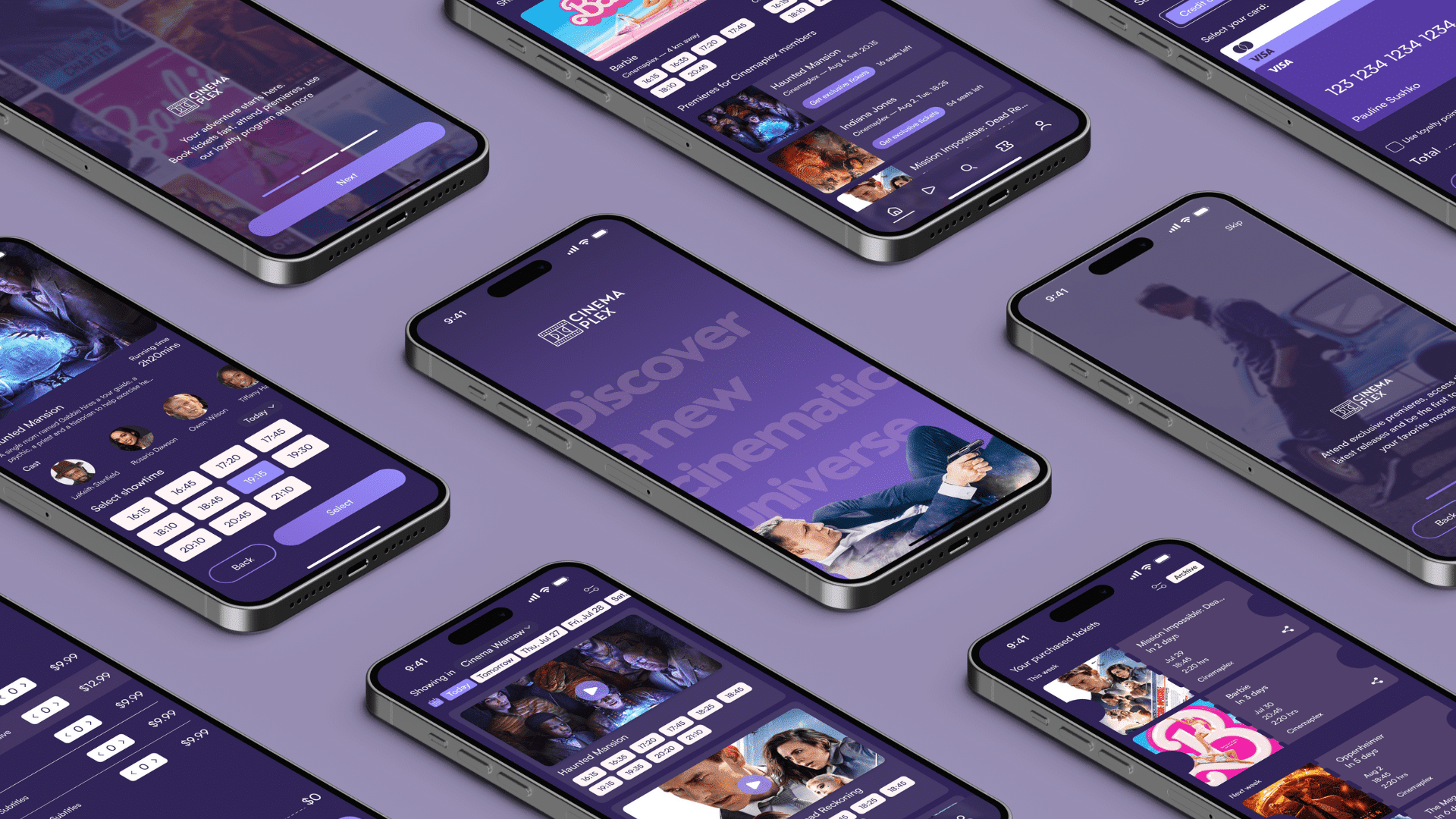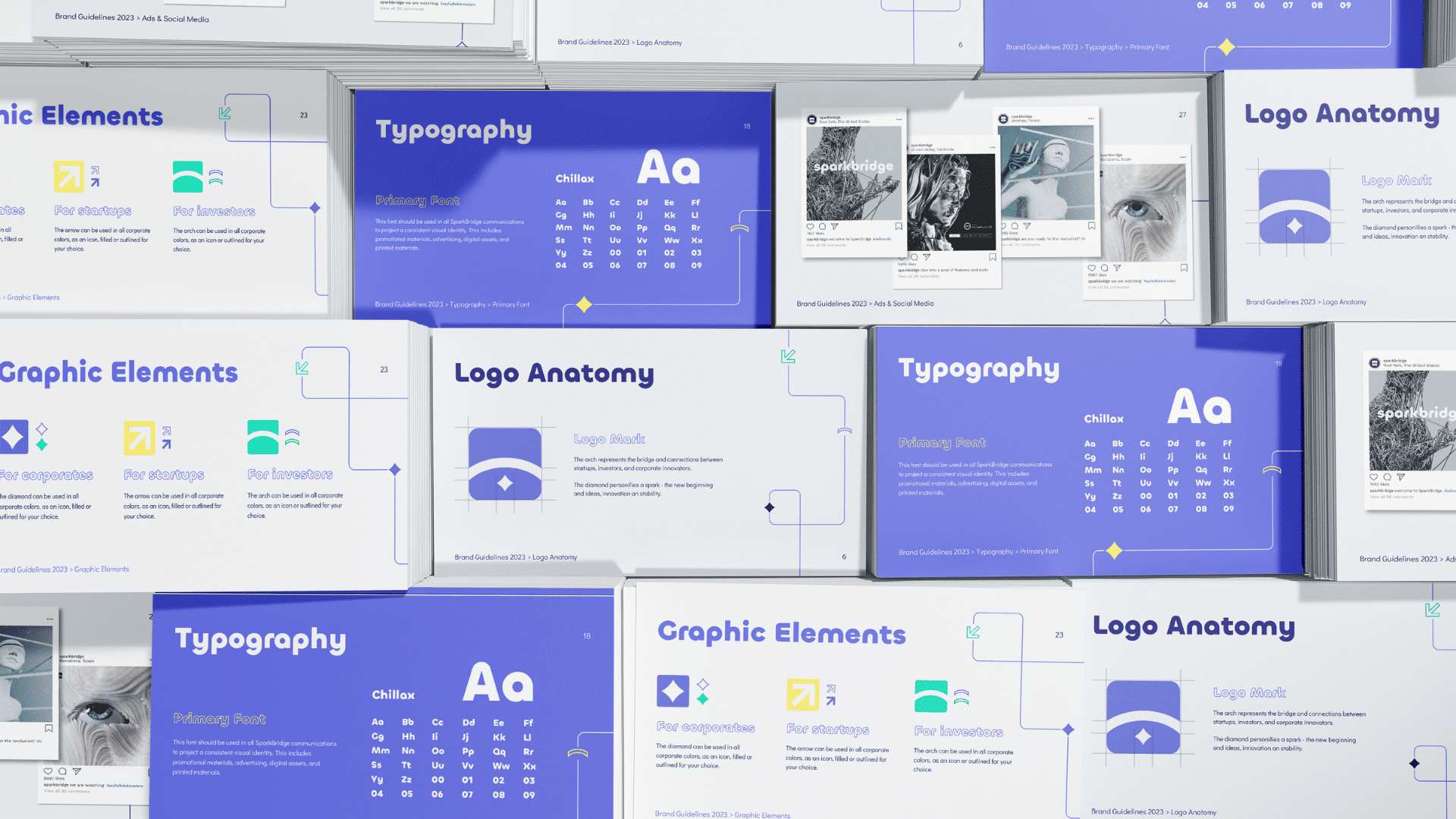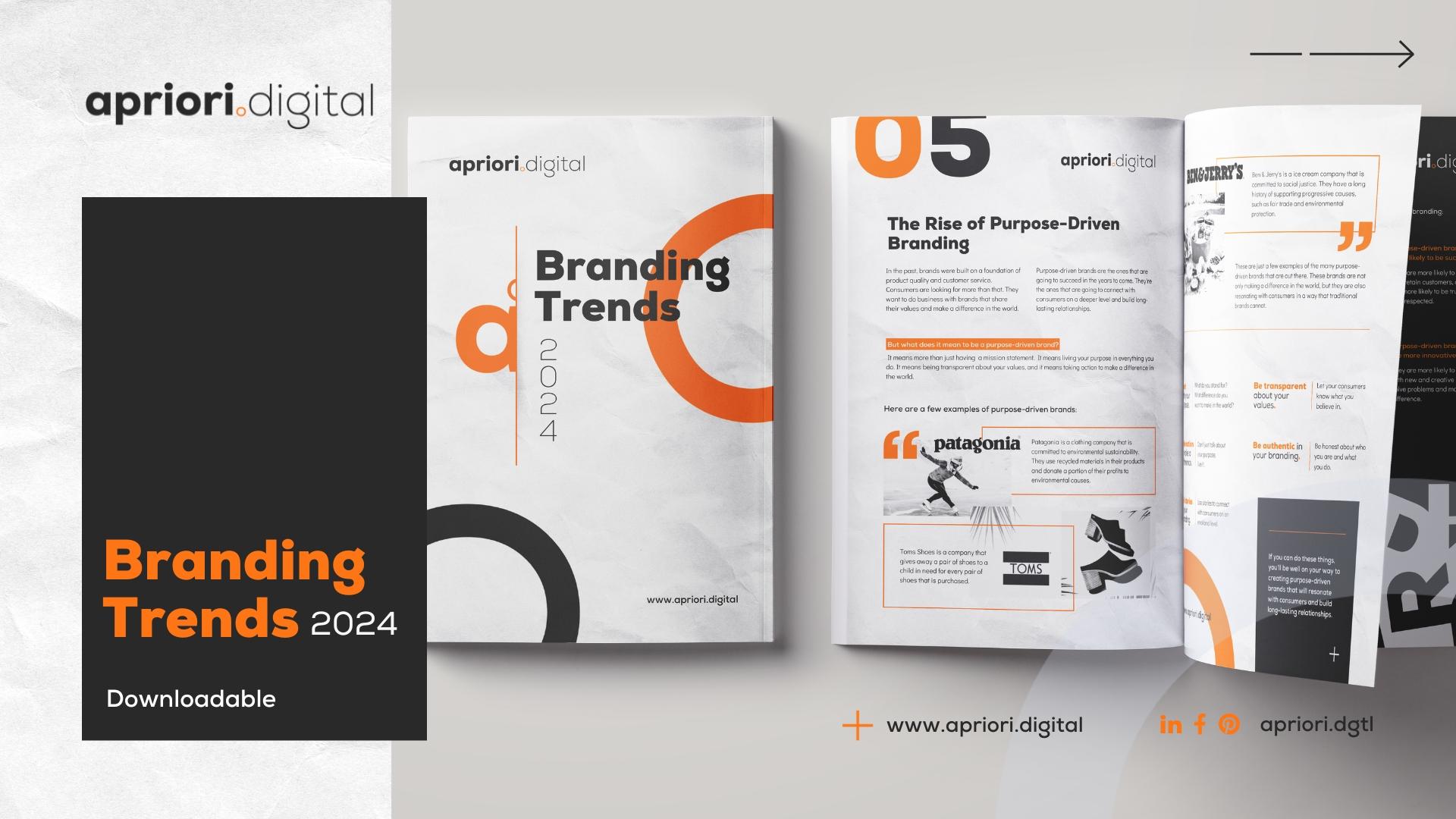Introduction
A/B testing, or split testing, is an invaluable tool for designers seeking to optimize user experiences. By comparing two versions of a design, designers can gather empirical data on user preferences and behaviors, leading to informed design decisions. This methodical approach allows for a deeper understanding of what works and what doesn’t, facilitating continual improvement of the user experience. This guide will delve into the essentials of A/B testing for designers, from setting up tests and choosing the right elements to test, to analyzing results and implementing changes based on data-driven insights.
Understanding the Basics of A/B Testing
Begin with a foundational understanding of A/B testing and its significance in the design process.
- Definition and Purpose: Clarify what A/B testing involves and its role in optimizing user experiences.
- Test Structure: Explain how A/B testing compares two variations of a design to see which performs better.
- Importance of Hypothesis: Emphasize the need for a clear hypothesis or goal behind each test.
UI/UX Design by Apriori Digital
Selecting Elements for A/B Testing
Choosing the right elements to test is crucial for meaningful results.
- High-Impact Elements: Focus on elements that have a significant impact on user behavior, such as call-to-action buttons, headlines, or navigation menus.
- Variation Design: Design variations that are distinct enough to measure the impact while maintaining the integrity of the overall design.
- User Behavior Analysis: Use existing user data to identify areas that might benefit from optimization.
Setting Up Your A/B Test
Proper setup is essential for obtaining reliable and actionable results.
- Testing Tools and Platforms: Choose the right tools and platforms for conducting A/B tests, such as Google Optimize, Optimizely, or VWO.
- Control and Variation: Ensure that you have a control version (the current design) and a variation (the new design).
- Test Duration and Sample Size: Determine the appropriate duration and sample size for your test to ensure statistical significance.
Integrating A/B Testing into the Design Process
A/B testing should be an integral part of the iterative design process, not an afterthought.
- Regular Testing Schedule:Establish a routine for conducting A/B tests to continuously improve the user experience.
- Collaboration with Other Teams: Work closely with marketing, development, and data analysis teams to align on test objectives and implementation.
- Iterative Design Approach: Use insights from A/B testing to refine and evolve designs iteratively, based on user feedback and behavior.
Analyzing and Interpreting A/B Test Results
Accurately analyzing test results is key to understanding user preferences and making informed design decisions.
- Key Performance Indicators (KPIs): Identify which metrics or KPIs you’ll use to measure the success of each variant, such as click-through rates, conversion rates, or time on page.
- Statistical Significance: Understand and consider the statistical significance of your results to ensure the data is reliable.
- Qualitative Feedback: Complement quantitative data with qualitative feedback for a more comprehensive understanding of user preferences.
Ethical Considerations in A/B Testing
Conduct A/B tests ethically, ensuring respect for user privacy and transparency.
- Informed Consent: Where appropriate, inform users that they are part of a test and ensure that testing doesn’t compromise user privacy or data security.
- Avoiding Manipulation: Be cautious not to manipulate user behavior negatively or detrimentally through your tests.
- Respecting User Experience: Ensure that A/B testing does not significantly disrupt or degrade the user experience.
Implementing Changes Based on Test Outcomes
Use the insights gained from A/B testing to make informed changes to your designs.
- Actionable Insights: Focus on insights that provide clear, actionable steps for design improvements.
- Gradual Implementation: Implement changes gradually, especially for major design overhauls, to avoid disorienting users.
- Monitoring Post-Implementation: After implementing changes, closely monitor user feedback and behavior to assess the impact.
Follow us on socials

Challenges and Limitations of A/B Testing
Be aware of the potential challenges and limitations in A/B testing and how to address them.
- Isolating Variables: Ensure that tests isolate one variable at a time to accurately attribute changes in user behavior to that specific change.
- Test Interference: Be mindful of other ongoing changes or tests that might interfere with your results.
- External Factors: Consider external factors like seasonality or market trends that might impact test results.
Beyond A/B Testing: Multivariate Testing and More
Explore other testing methods that can provide deeper insights, such as multivariate testing, which looks at multiple variables simultaneously.
- When to Use Multivariate Testing: Understand when it’s more appropriate to use multivariate testing over A/B testing.
- Complex Analysis: Prepare for more complex analysis processes with multivariate tests.
- Resource Intensiveness: Be aware that these tests may require more resources and a larger sample size.
Fostering a Culture of Data-Driven Design
Encourage a culture within your team and organization where design decisions are regularly informed by data and user research.
- Training and Education: Provide opportunities for designers and team members to learn about A/B testing and data analysis.
- Sharing Insights:Create a system for sharing insights and learnings from A/B tests across teams.
- Balancing Creativity and Data: Strive to find the right balance between creative intuition and data-driven decision-making.
Conclusion
A/B testing is a powerful tool for designers, offering empirical insights that can significantly enhance user experiences. By systematically testing and refining elements based on user feedback, designers can create more effective, user-friendly, and successful designs. Remember, A/B testing is not just about choosing the ‘winning’ option, but about understanding user behaviors and preferences, and using these insights to inform and evolve your design process. With a thoughtful, ethical, and data-driven approach, A/B testing can be a key component in optimizing and perfecting your designs.





